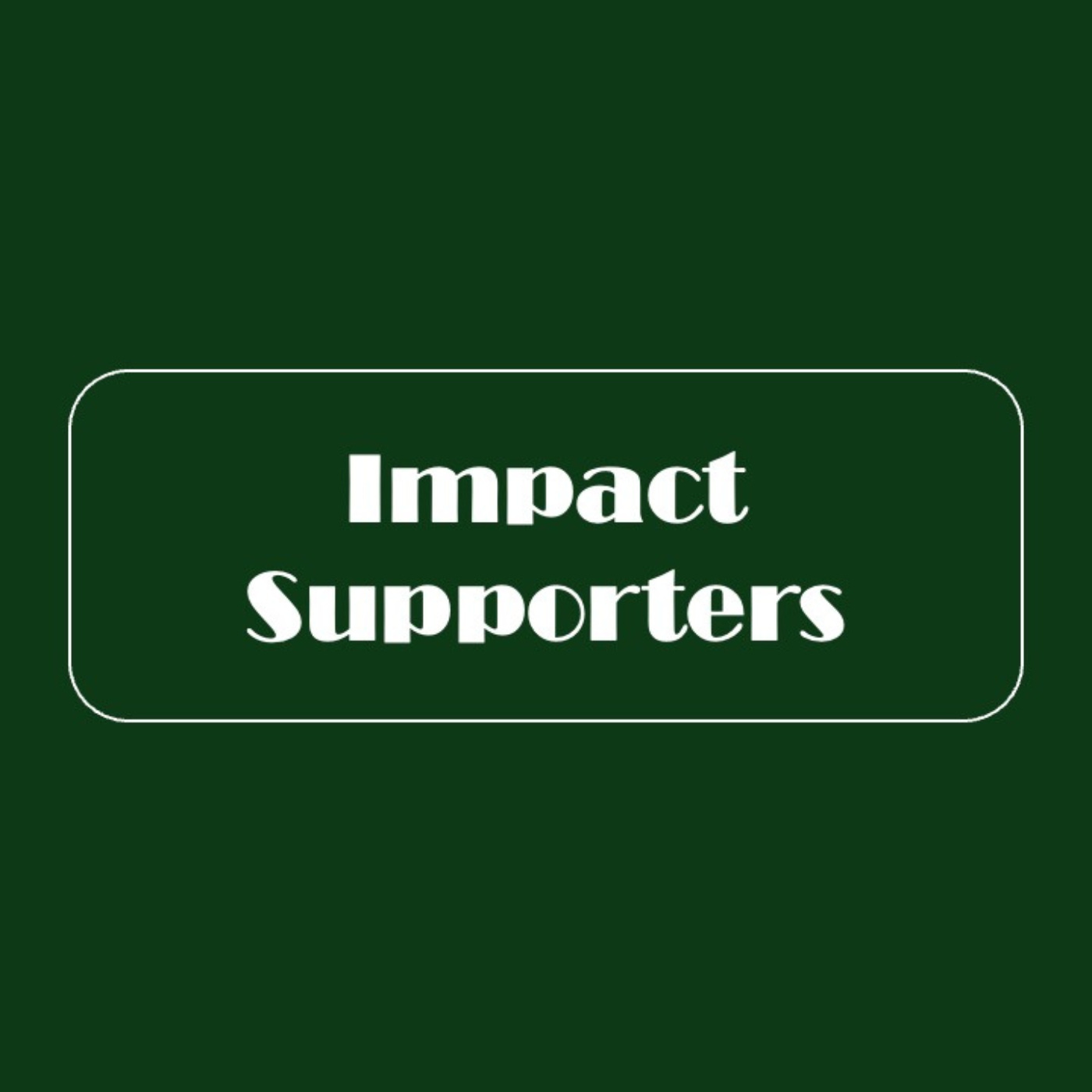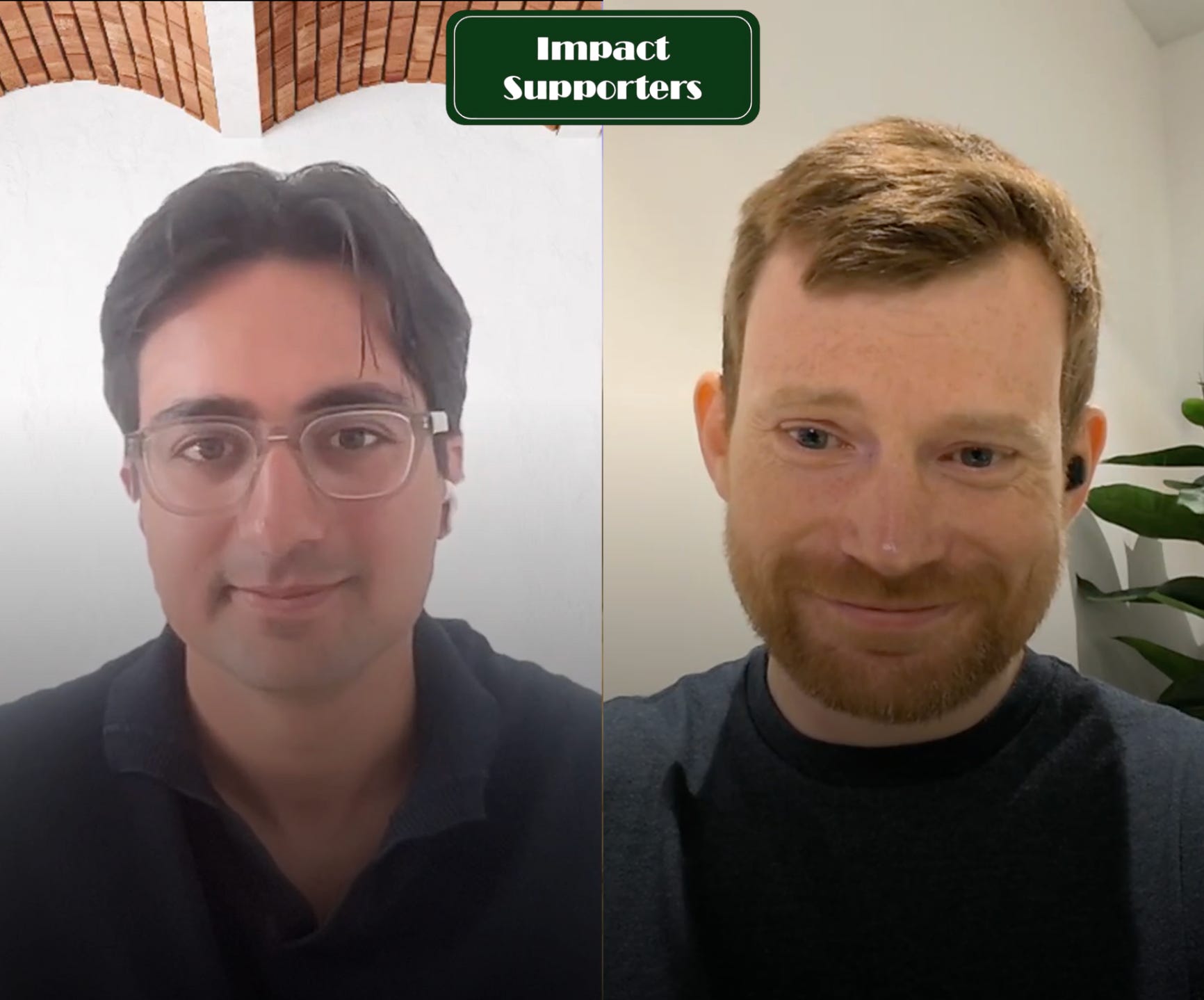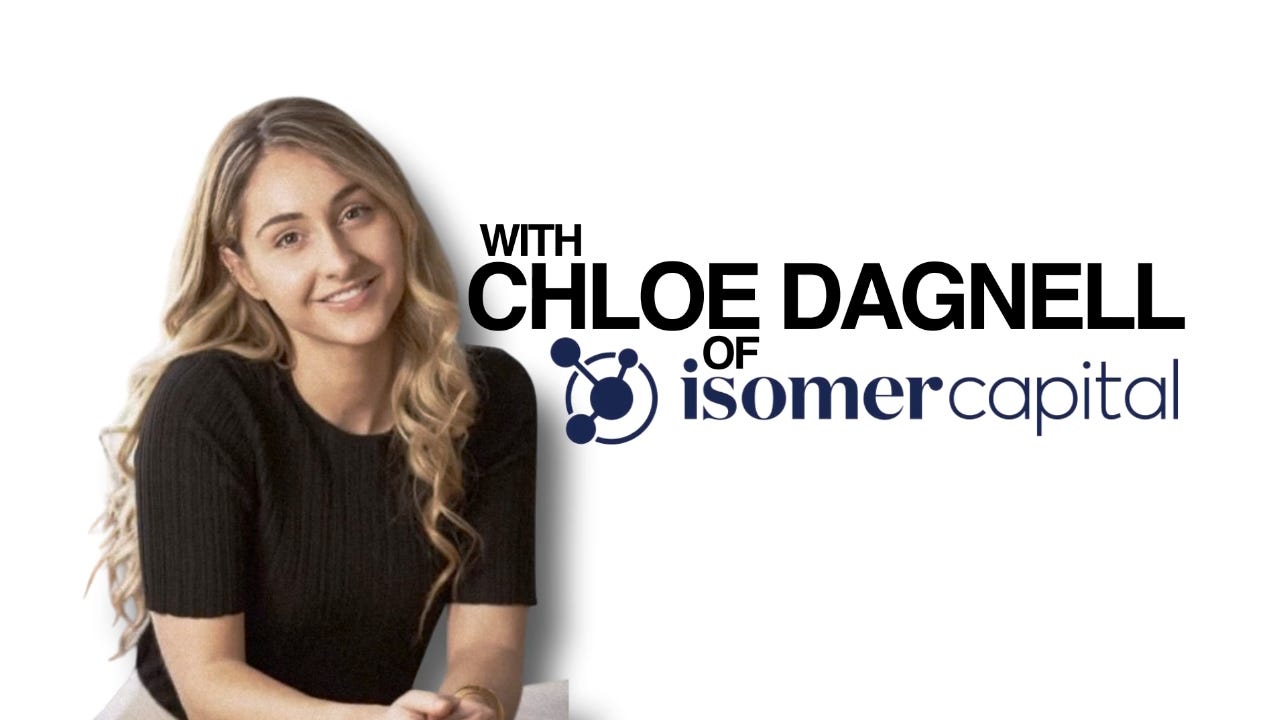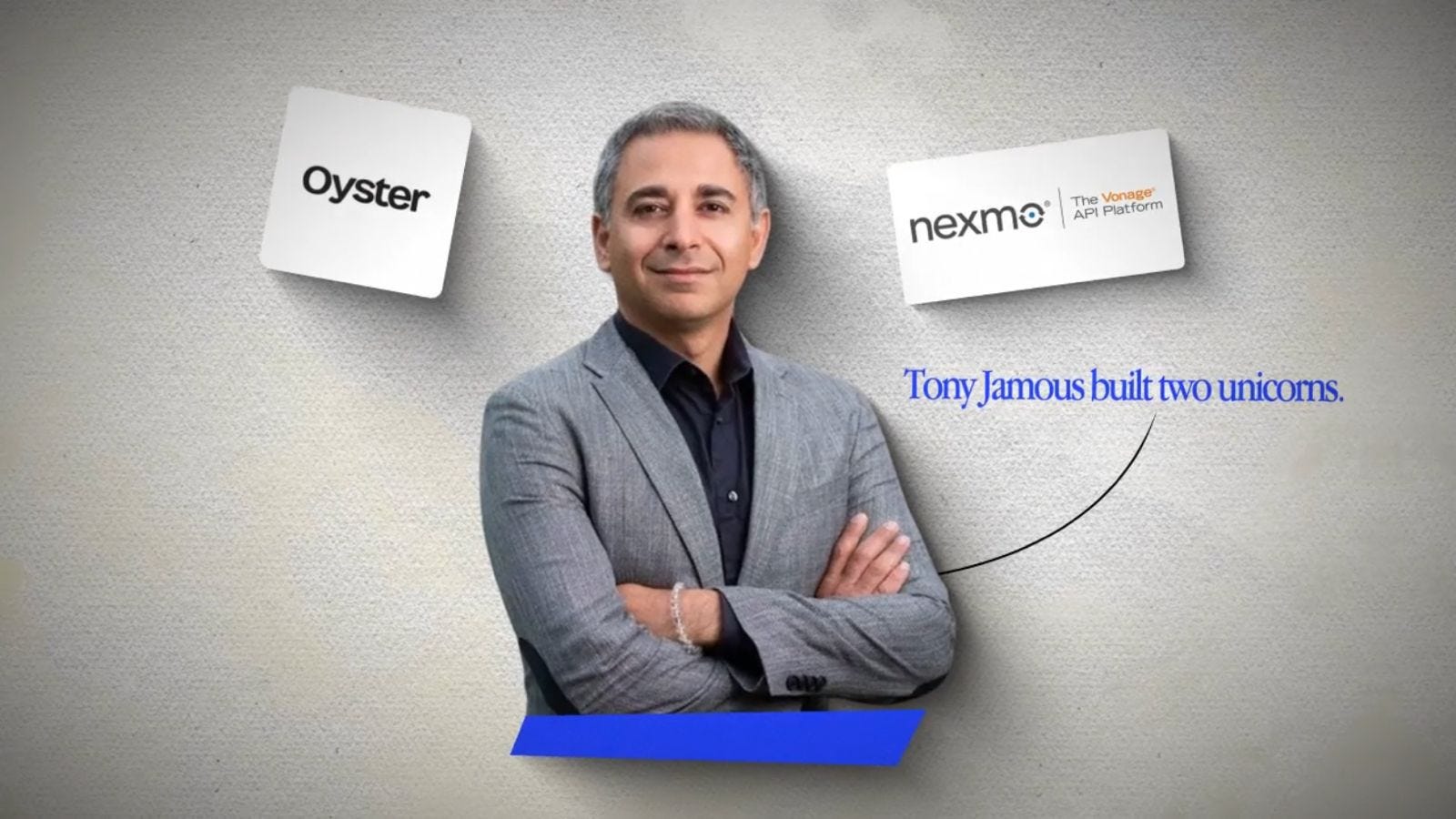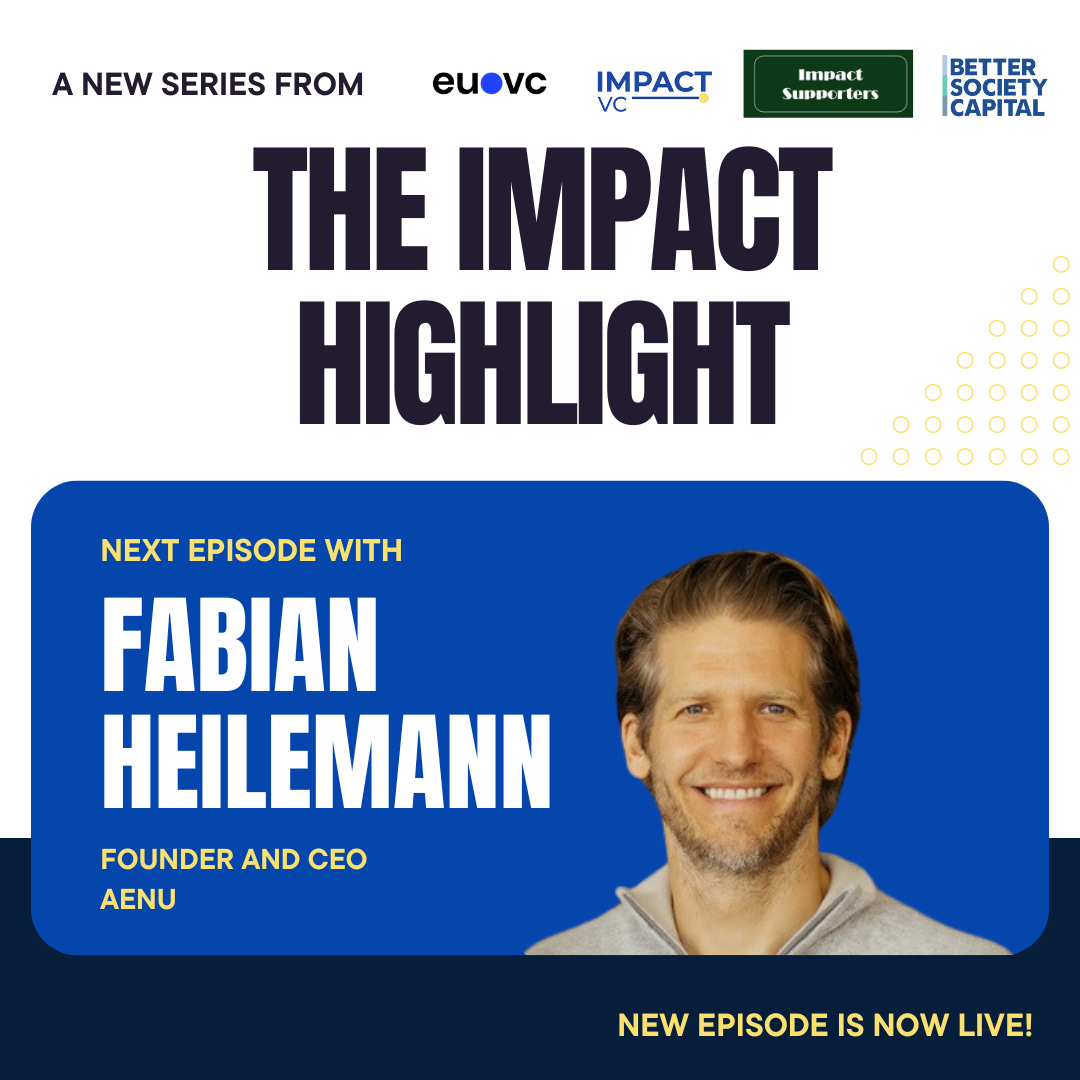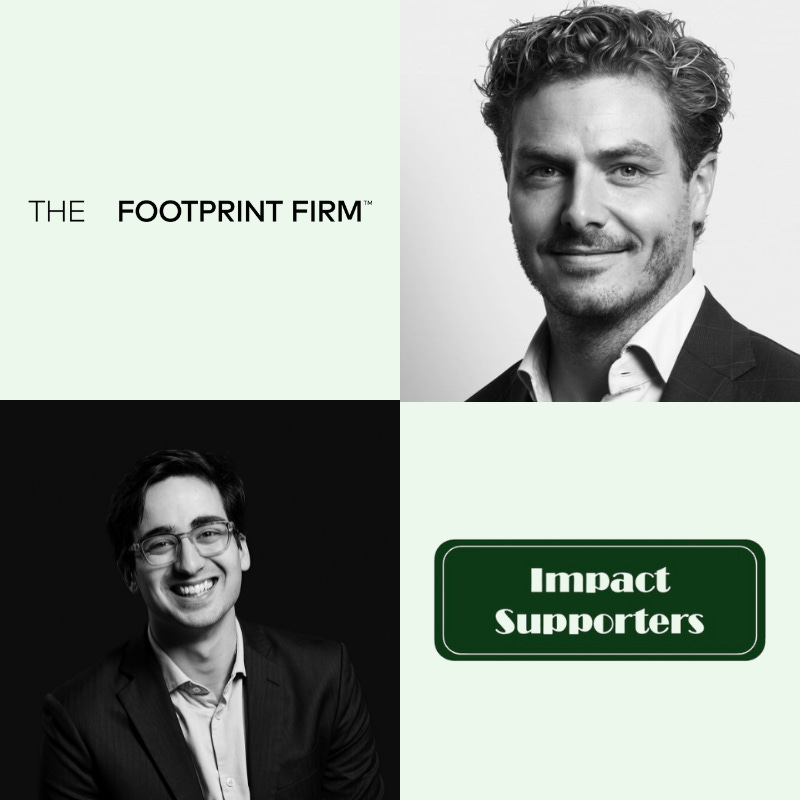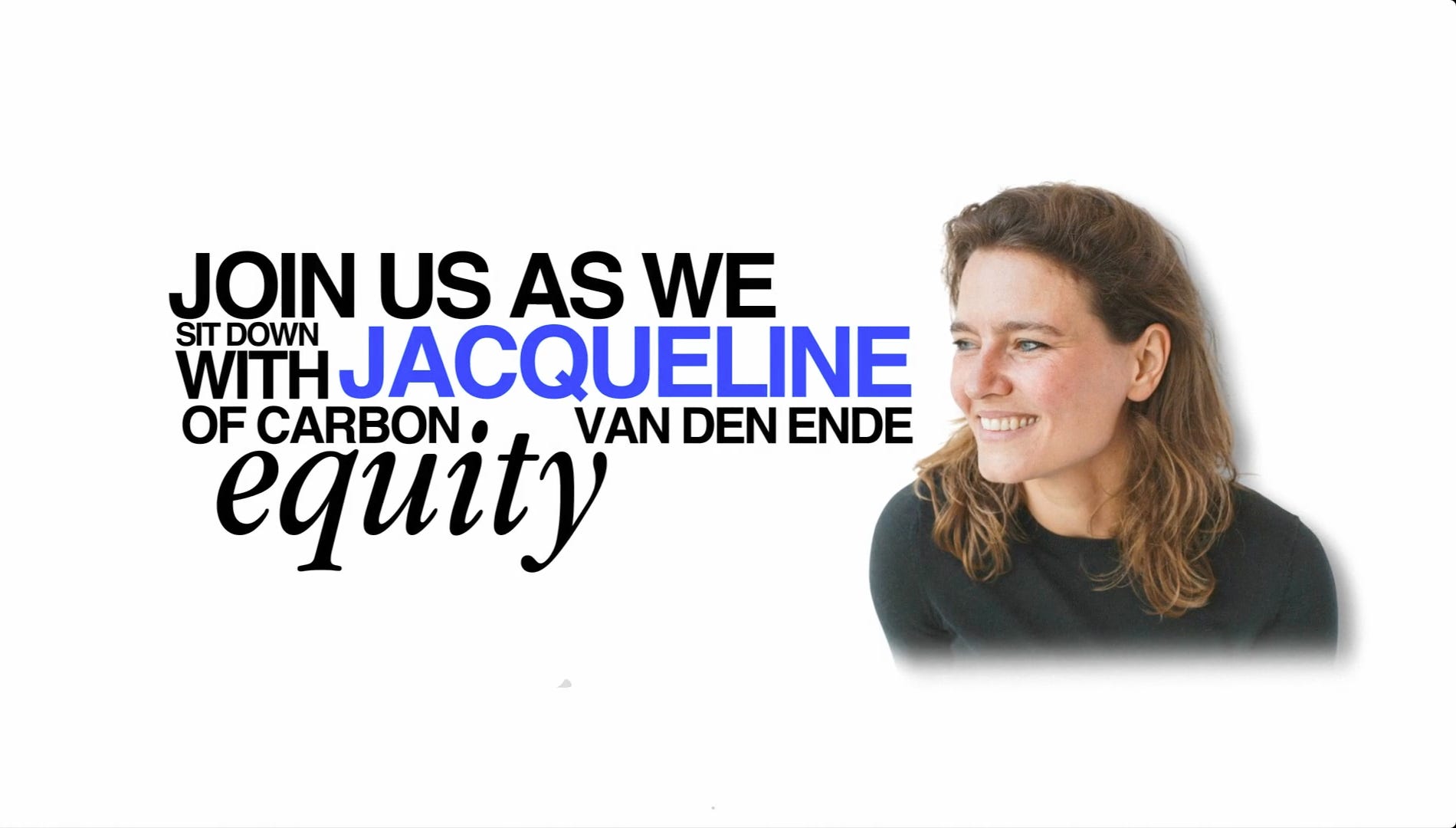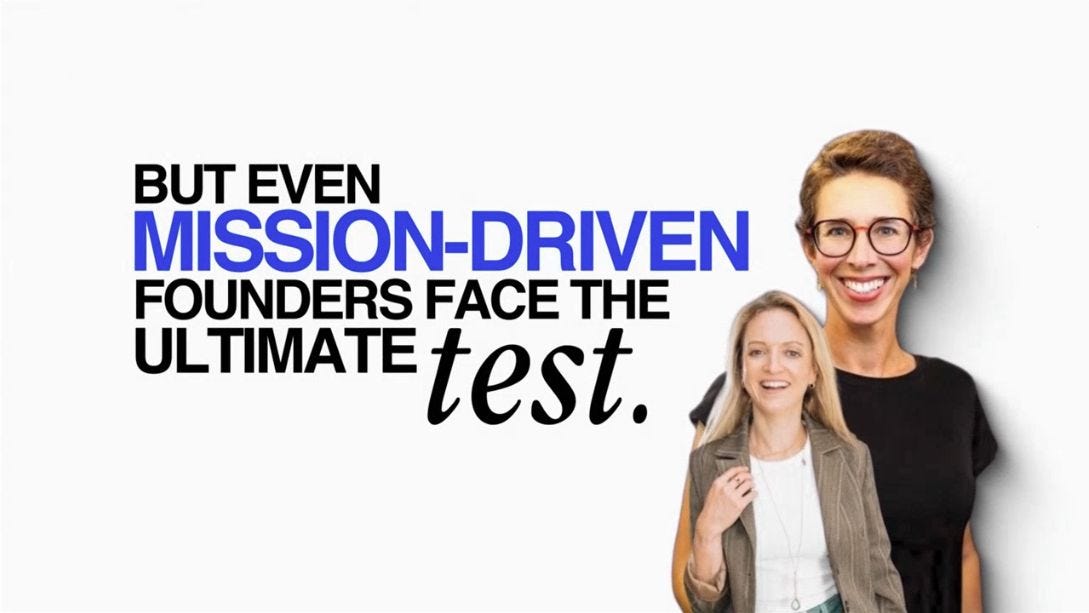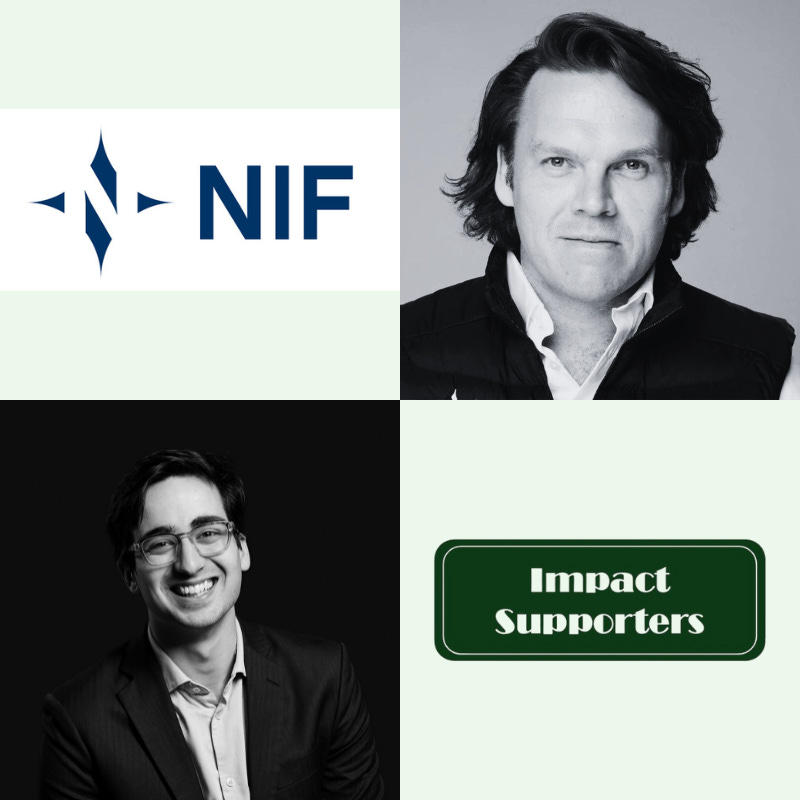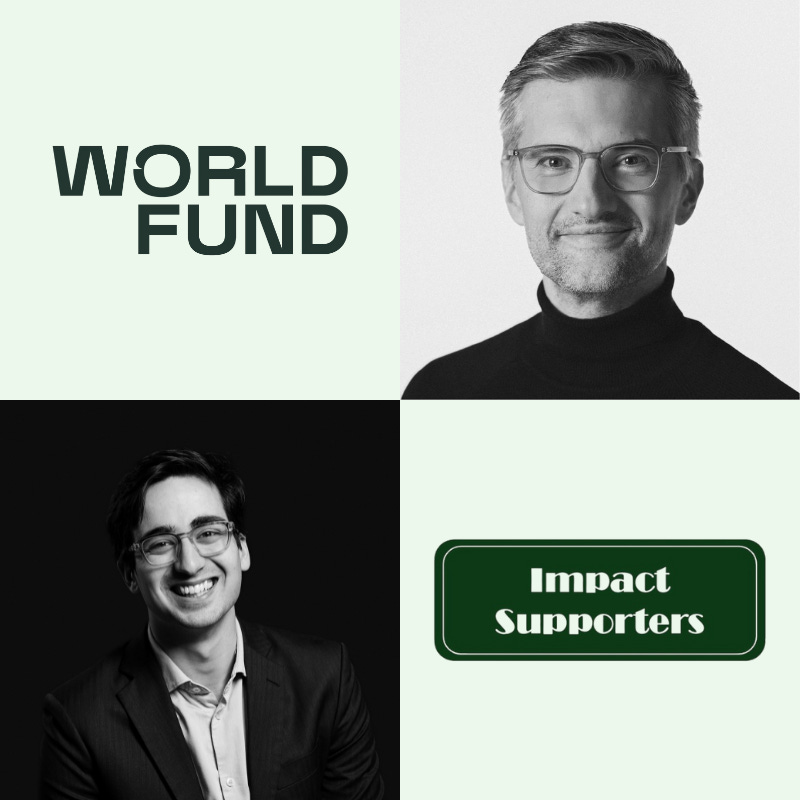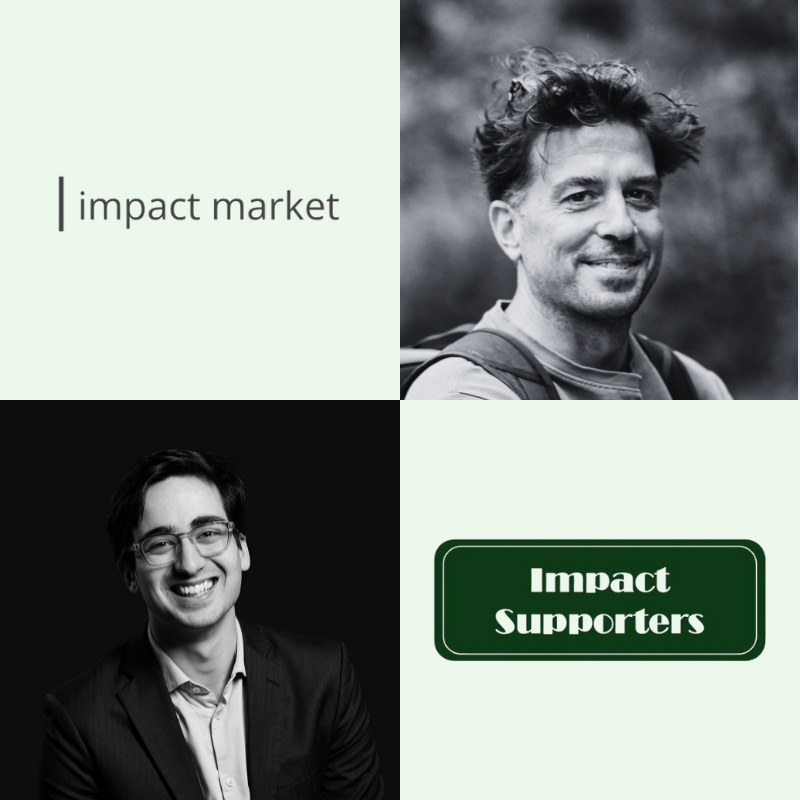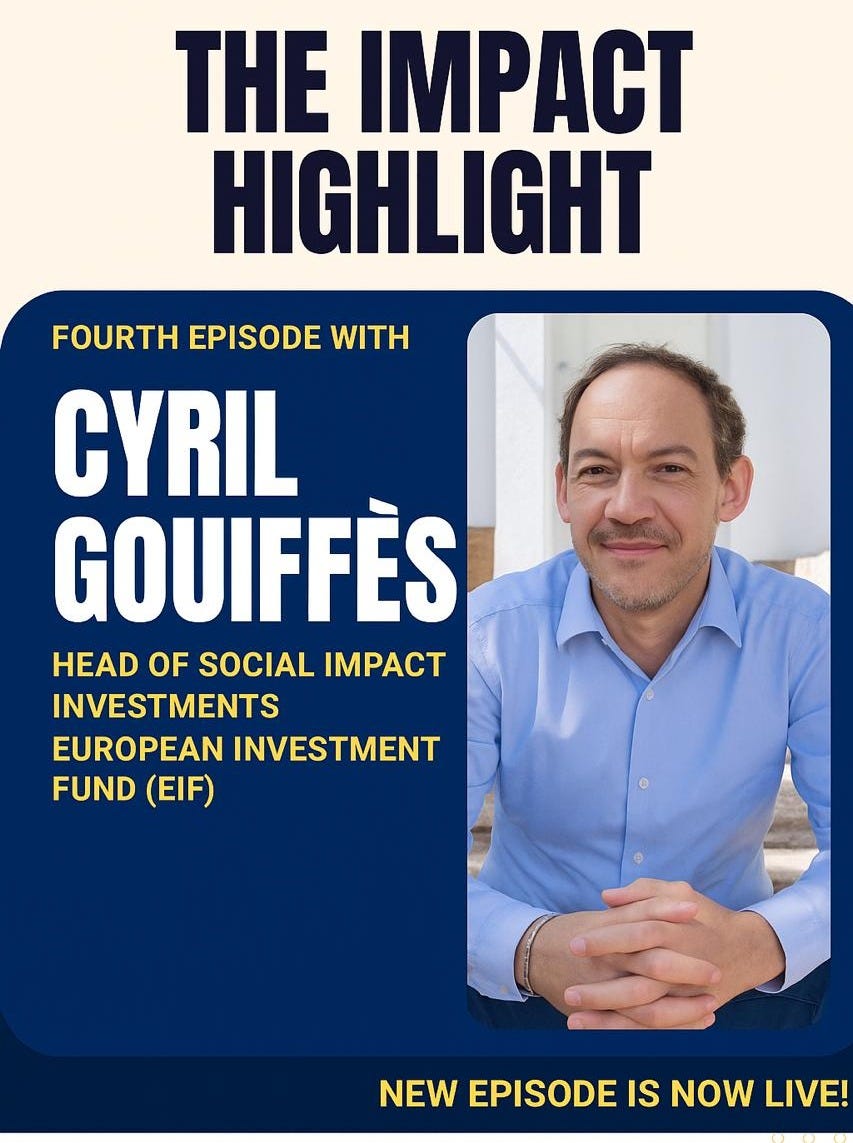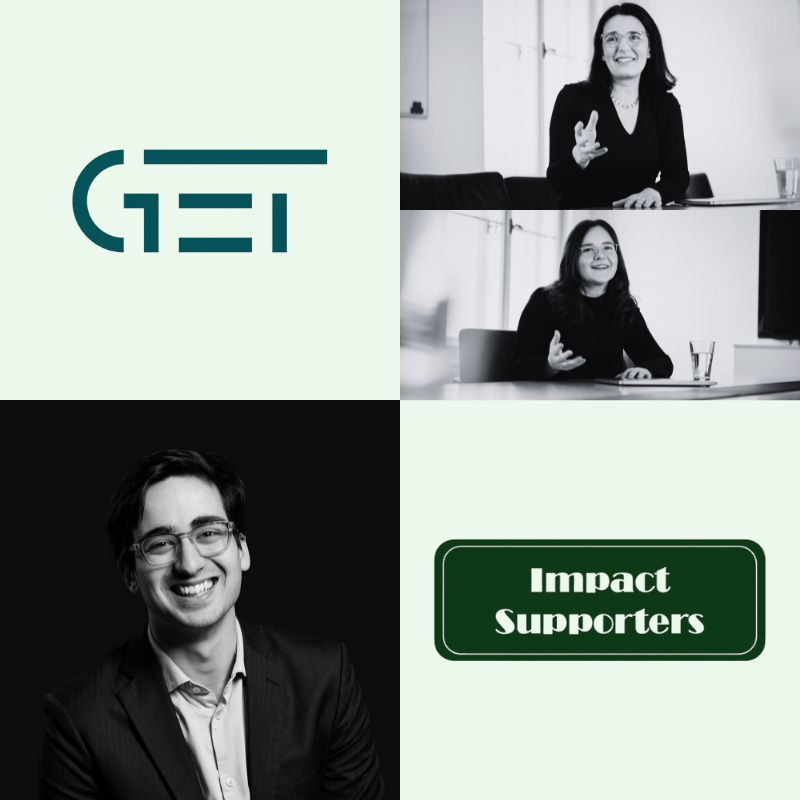Reinventing VC from the ground up for impact, interview w. Marie Ekeland (2050) 🤔
Description
Show notes
Marie shares how her path, from coding at J.P. Morgan to founding France Digitale and now 2050, has been driven by a deep curiosity and a passion for building businesses that matter. She discusses why the classic VC model falls short in addressing today’s biggest challenges and how she is rewriting the rules with a regenerative, evergreen fund that aligns profit with purpose.
Here’s what’s covered:
* Challenges and Systemic Issues in Tech and Impact VC
* The Concept of Alignment in Impact VC
* Reinventing the VC Model for a Sustainable Future
* Rethinking the VC Model: Extending Time Horizons
* Evergreen Model: Diversifying Risk and Liquidity
* Understanding the Science Behind Climate Change
Join ImpactVC, a global community of 900+ VCs driving change and using venture capital to tackle the world’s biggest challenges—explore their community, resources and training at impactvc.co.
A look at the person behind - who is Marie Ekeland?
* Mathematician & computer scientist from background, I started my career at JPMorgan, Wall Street, end of the nineties, at the beating heart of the digital transformation of the finance industry. I did not find my purpose there and went back to studies. After studying economics & corporate finance I ended up, year 2000, in one of the first venture capital teams in France.
* The French Tech was built copycatting Silicon Valley and I was coming from Wall Street and had already taken what I love from American culture and left what I did not want to embark. So I was not in that movement. More, I was the only woman in the room for 10-15 years and had no role model, neither in France, nor in Silicon Valley. So I had an incredible freedom to question the VC role and define it in the way that I felt the most useful and impactful. This has never left me and is how I eventually became an entrepreneur in the impact venture space.
* To find my way, I used my mathematician & computer science skills, as well as my empathy as I began to realize the biggest value I could bring to founders was to help them frame the problems they were facing and help them align their board on solutions. By doing so I soon realized that a lot of the problems faced by my portfolio companies were systemic (lack of digital or scale-up talents in Europe, Digital Single Market, data regulation…), and that even the biggest French Tech success at the time (Criteo) could not solve it alone. This is when I launched and co-piloted the France Digitale initiative and understood the power of ecosystems and of building commons.
* France Digitale brought me out of the tech bubble. I saw the bigger problems as the French government or the European Commission were asking for my advice, as a French Tech spokesperson, for the European innovation strategy or the French health & education strategies. And I understood the deeper transformation of the economy we were living in was the sustainable transformation.
* After 25 years of working with money, I know the power of money. I have seen it at work. I know how investing is not predicting but shaping the future. How the investment decisions we make today are defining the world we will live in tomorrow. And how if we continue investing on historical data and reproducing existing patterns we will augment the problems created by the hyper growth at all costs model. So I have decided to start 2050, an investment company which is dedicated to shape the future I want to live in by investing in solving the essential challenges of our times. Our mission is to shape a fertile future, where everyone can eat enough, eat healthfully, where we can all live and produce in a sustainable manner, where we can take care of our body & mind, where learning & creativity are empowered and trust is put at the heart of our economy and society.
* Backcasting from a fertile future has made me built a very different breed of venture company which is investing holistically into keystone solutions all along their value chain, manages a regenerative fund, aligns its financial interests with those of society and the planet, and holds this alignment in time thanks to a steward-ownership and a stakeholders’ governance.
Why Alignment Is the Secret Sauce of Impact
* Alignment is a concept that talks to everyone as it embraces 3 meanings historically:
* To stand upright: do what you think and feel you should do → be aligned with yourself
* Put on the same line: be aligned in interests with your stakeholders, starting from the team, the company as a moral person, its stakeholders, society and the planet
* Indicate your lineage: be aligned in interests with the future generations. This, from a company standpoint mean to set the right governance to maintain its alignment in time.
We talk to the founders about alignment which is a win-win framework between profit and impact. It talks to them as an inspirational goal, but they need to have operational tools to put that mindset at work and also need a tension to solve to start using them and dedicate the time. So we start by identifying which tension should be solved on a short-term basis (prepare for the next fundraise, solve founders’ or leaders’ role evolution, align the board on long, mid and short-term strategy, build an aligned value chain positioning and strategic relationships, set an aligned decision-making framework to empower the team, …). We then use this trigger to select which micro-method is adapted.
We then, work through a deeper tensions analysis and go through the whole method and with the founders/leaders to have them find their answers before framing them and sharing with the team and the board to align them. Impact comes as a consequence to this process, as compliance, when we work on defining the Key Aligned Performance Indicators (KAPIs) which are initiated from this strategic thinking but we enhance this process with the latest scientific results to measure impact coming from our partners Stockholm Resilience Centre & Upright and with the relevant regulation indicators (SFDR-Article 9), soon CSRD. Here is a video on the Paebbl case 👇
Breaking the VC mold and how 2050 is rethinking the model
* Value Chain Shift: The venture capital industry has been shaped, since 2000 to invest in the digital transformation of the economy. Focusing on software disruptions, it has built a “growth-at-all-costs” model, “breaking things and moving fast”, in order to support “software eating the world”. If digital startups could disrupt the economy, it is because they were not dependent on the shift of existing value chains dominated by incumbents to grow. The sustainable transformation of the economy will require incumbents to move together with startups as we need to transform our physical, chemical and biological footprint on the planet. Production chains need to shift to new materials and processes, resources need to be limited and usage needs to become as circular as possible and investors need to invest in transformative companies all along the value chain. This shift will also not happen without tackling the systemic blockers holding value chains back (regulation, common data, indicators & tools, shared sustainable intelligence…) and we need to invest in shared ecosystem assets, “commons”.
* Triple Performance: The venture capital industry is relying today on a “growth at all costs” model which optimizes for financial performance within ESG constraints, without managing neither adverse or positive impacts, nor associated risks. The sustainability transformation requires to optimize for triple performance: financial, environmental & social. This also allows to reduce risk, and optimizes the risk/reward ratio of the companies and the portfolio. To allow for triple performance, two important topics need to change:
* There needs to be a holistic understanding of the complete company’s impact, not just on a couple of indicators linked to its mission, in order to ensure solving problems in one place is not creating others elsewhere
* The incentive of the general partners needs to rely on this net triple performance, and not only on financial performance.
* Long-term & semi-liquid: it usually takes longer to build an industrial company, a climate or ocean tech startup or a circular economy platform than an e-commerce site or a SaaS B2B business. It also takes longer to build an aligned software company ensuring it is growing without breaking things but, on the contrary, participating to the shift of its own value chain to provide for a triple performance. The 10year closed fund model is therefore not suited to support sustainable champions and benefit from their full potential as we need more time to reach full potential. The fund model therefore needs to be redesigned, in order to free founders for artificial liquidity pressure but give access to fund investors to regular liquidity returns so that they can be more patient. We designed ours as a regenerative fund.
Value Chain: if digital startups could disrupt companies, it is because they were not dependent on the shift of existing value chains dominated by incumbents to grow. The sustainable transformation of the economy is the opposite as we need to transform our physical, chemical and biological footprint on the planet. Production chains need to shift to new materials and processes, resources need to be limited and usage needs to become as circular as possible. So shifting value chains entirely and not disrupting them thanks to technological productivity.
This is how we designed 2050’s model to adjust to these three major changes:
How do the Commons you invest in at 2050,


